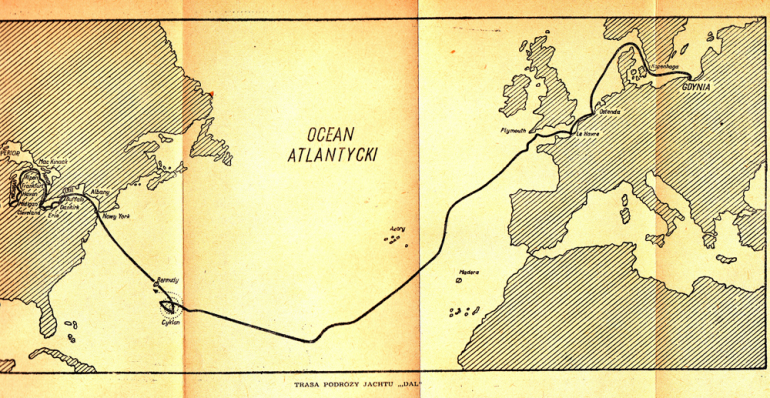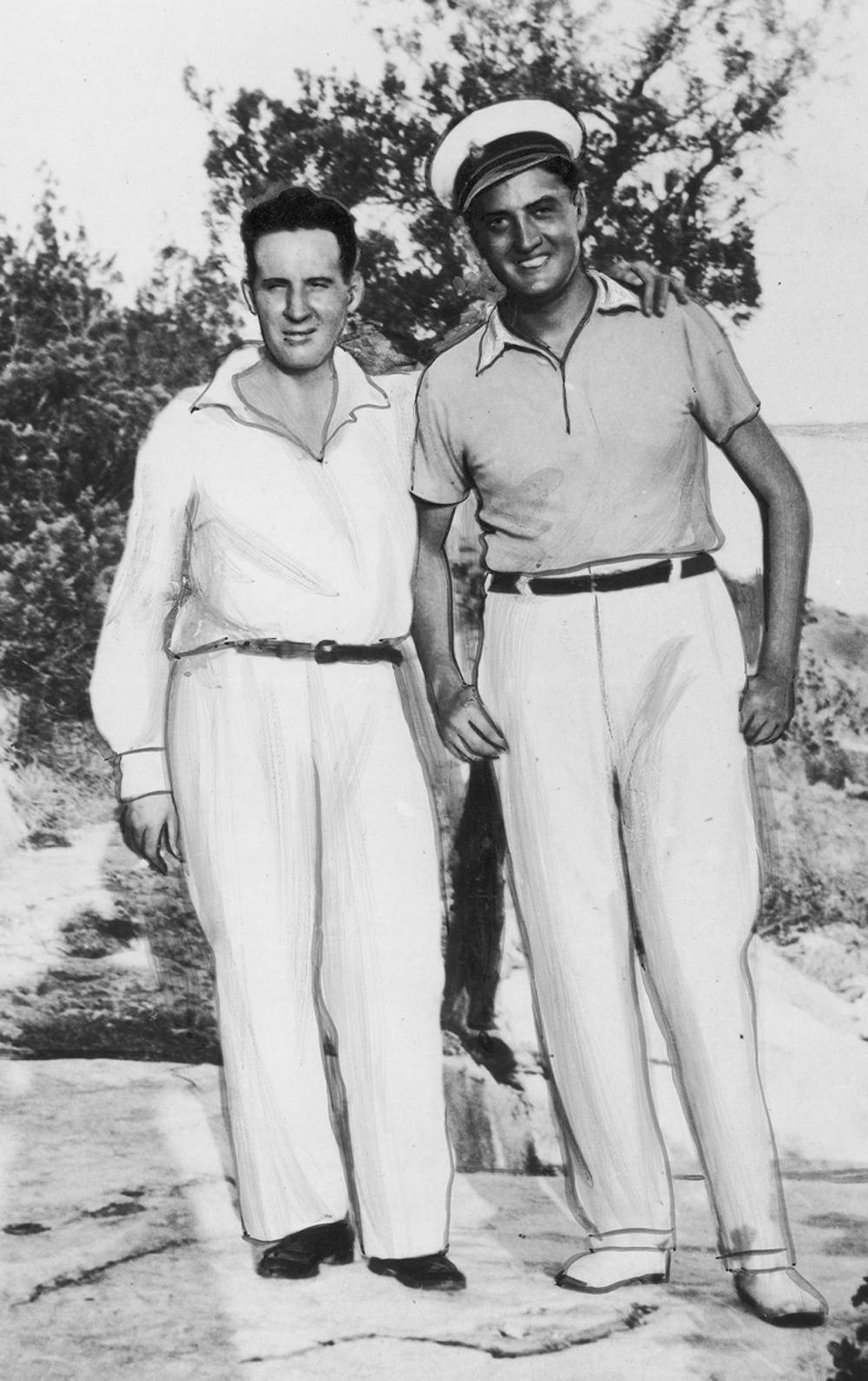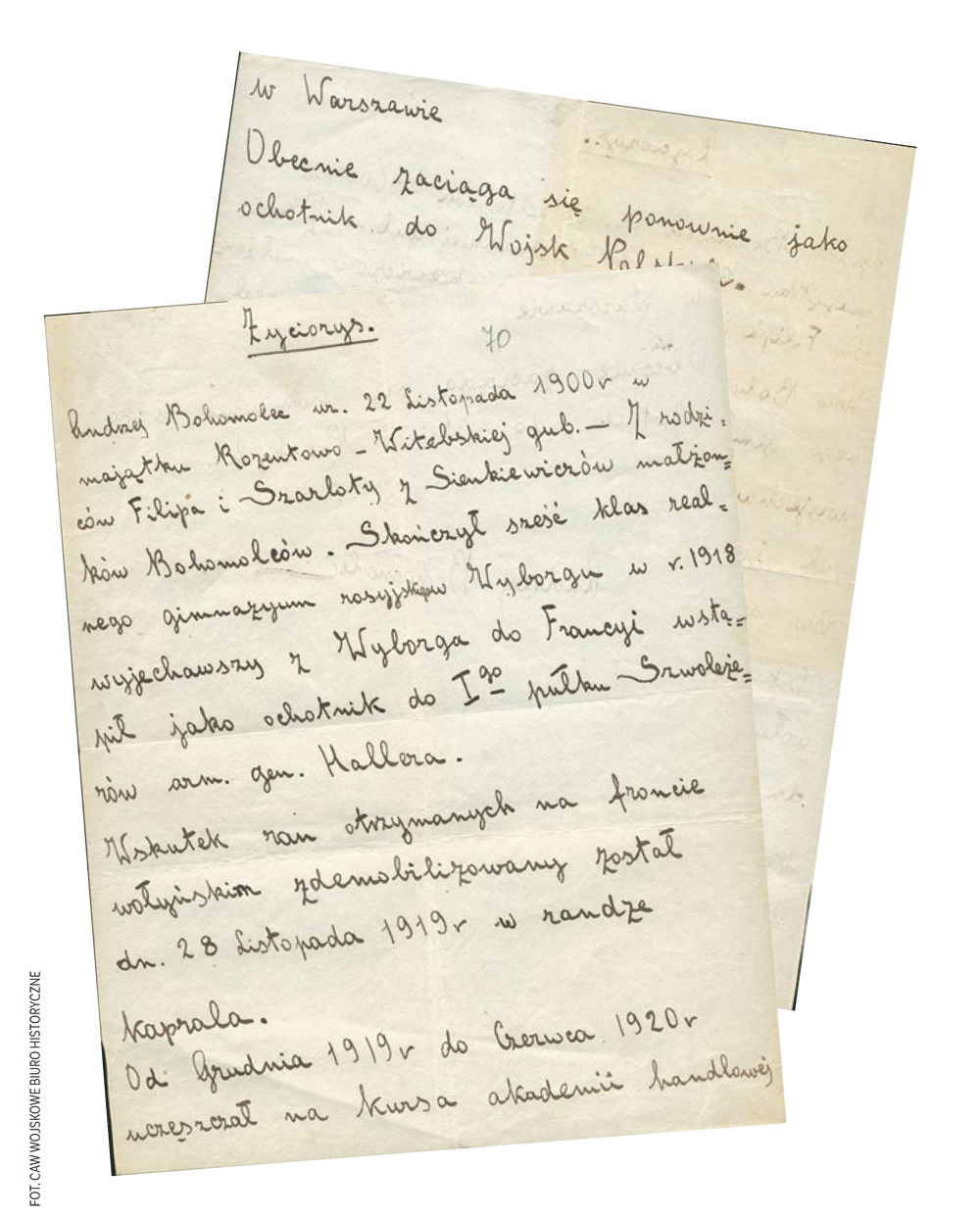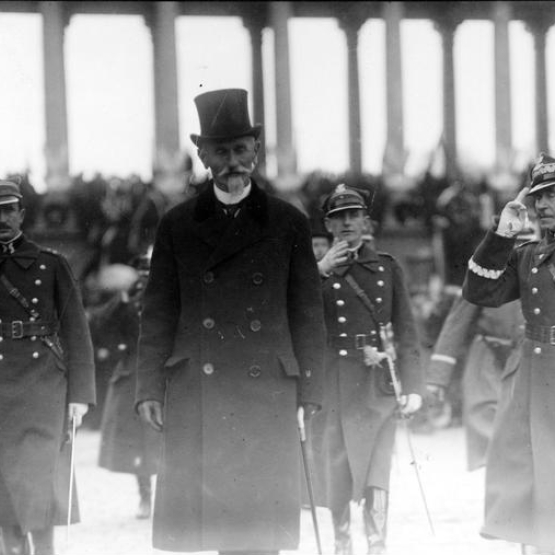
On the 5th june 1933 a small yacht named “Dal” left Gdynia for a long voyage to Chicago. Three crew members were on its board: Andrzej Bohomolec, the owner of the yacht, military professional in the rank of lieutenant of cavalry, who had studied at the Higher School of Commerce in Warsaw (former SGH) for one semester, and two experienced navigators: Jerzy Świechowski and Jan Witkowski.
In 1957, with the wave of the Thaw under the rule of Władysław Gomułka, journalist Jan Jaster (1905-1969), a popular promoter of tourism and sailing, wrote: “After World War II there were no good conditions for the development of sea sailing. It was due to numerous reasons. Yachting enthusiasts could only sail on rivers and Masurian lakes, but this year first sea sailing voyages to Scandinavian ports are already organised. This is how young sailors following Mariusz Zaruski once started. And five students from Gdańsk will set out on a cross-ocean voyage on a raft, following the example of Kon-tiki. It is therefore possible that soon we will hear about a Polish cross-Atlantic journey again. . . .“
This quotation was taken from Jaster’s introduction to the book by Andrzej Bohomolec (1900-1988), titled Wyprawa jachtu „Dal” [Expedition of the yacht “Dal”]. The book was issued twice in 1930s. It was published by a publishing house „Rój”, co-owned by the famous Polish writer Melchior Wańkowicz (1891-1974). Later, in the times of Stalinism both the author, as a pre-war lieutenant of cavalry, and his work praising the achievements of Poland between the two World Wars, were consigned to oblivion, just as Mariusz Zaruski (1867-1941), mentioned by Jaster, a pioneer of Polish sailing, promoter of marine education and a mountaineer. As a country implementing socialism in its radical, Soviet version, Poland was in late 1940s and early 1950s separated from the West by the iron curtain. After the death of Stalin, however, political, and economic relations were somewhat liberalised, although remained under strict control of communist authorities. Poland’s opening to the West was limited, but still significant. In such circumstances, a state publishing house Wiedza Powszechna issued a book about a cross-Atlantic expedition of three Polish sailors to the United States, written by its participant and leader, Andrzej Bohomolec.
On the 5th of June 1933 the yacht “Dal”, a small, only 8.5m-long boat, set sail from Gdynia for a long voyage to Chicago. Its crew consisted of three people: owner of the yacht, military professional in the rank of lieutenant of cavalry Andrzej Bohomolec, and two experienced navigators: Jerzy Świechowski (1908-1999) and Jan Witkowski (1906-1934).
The voyage route led from Gdynia through Copenhagen, Ostend, Le Havre, Plymouth, and Bermuda to New York, from where the sailors navigated inland waters to Chicago
The voyage was full of dramatic and unusual events, some dangerous, others straight comical. On the way to US, the yacht made stops in Copenhagen, Ostend, Le Havre, Plymouth, and finally set out on the cross-Atlantic journey. It passed by large transoceanic ships, exchanging signal codes with them, but the most loyal companions turned out to be three seagulls, which accompanied the sailors on the ocean for a month. The most difficult moment was when the boat found itself in the eye of a cyclone raging on the Atlantic for four days. Enormous tides were flooding the deck, the mast was reduced to a three-meter pole. The sailors were removing the water from the inside with a bucket by superhuman effort, not able to eat or drink for a few days. Still, none of them complained. All three sailors had agreed for the challenging voyage, and in the face of the ferocious storm they simply tried to save their lives, holding on to the deck as tightly as possible. It was particularly difficult to sail upwind, with the bow against the waves. Side position of the boat resulted in huge amounts of water flooding the deck, which could even capsize the yacht. Each wave could be the last one that would bury the boat and the brave sailors in the ocean. Ultimately, the crew won the battle with the element and survived. The destruction caused by the storm forced them to stop the voyage and harbour in Bermuda. It seemed that they had had the hardest time behind them, but something even worse happened at the coast of Bermuda. One of them, a superb sailing instructor Jan Witkowski, had an acute nervous attack. His companions struggled with him in the yacht cabin, trying to hold and calm him down, which they finally managed to do. Undoubtedly the physical strength of the sailors helped, especially that of Bohomolec, a 2-meters tall man. From Bermuda, where the sailors arrived by the end of August 1933, Witkowski returned to Poland. A few months later he died tragically. The two other travellers, Bohomolec and Świechowski, used the forced many-moths’ stay in Bermuda to thoroughly repair their sailboat. They got to know the island and its inhabitants, so diverse in terms of origin, lifestyle, and social position. Bohomolec turned out to be an insightful observer of social and cultural phenomena, which he presented later in his book.
Rested and on a thoroughly restored yacht, on the 3rd of June 1934, they departed from Bermuda towards America. They had to keep watch by the steering wheel, changing shifts in two, without one of the crew members.

Andrzej Bohomolec and Jerzy Świechowski in Bermuda
After seven days of sailing, the boat reached New York and then, driven by a motor, navigating inland waters, they arrived in Chicago. The travellers were enthusiastically welcomed not only by the patriotic and big Polish diaspora, but also by American journalists and reporters, as well as organisers of meetings and events, which had an interest in attracting large audience. Bohomolec persistently denied the latter, as he did not want to link the expedition, which was supposed to promote Poland, with business. Still, by the end of his stay in the US, he did make an exception. He agreed for a cycle of paid meetings with Polish diaspora, which was justified by the fact that he donated his “Dal” yacht to Poles living abroad, so that it would be evidence of Poland’s position and role in the world.
After coming back home, Bohomolec and Świechowski were honoured by Crosses of Merit. Bohomolec continued his career in the cavalry, but for a short time. Świechowski worked on cargo ships for many years. During WWII he commanded French and British cargo ships. Lieutenant Bohomolec, promoted in 1936 to the rank of cavalry captain (equivalent of infantry captain), enjoyed a great reputation in the military. A French general Louis Faury (1874-1947), lecturer at the War College, headquartered on Koszykowa street in Warsaw, relatively close to SGH, wrote about him: “A man of exquisite upbringing, very polite, capable of performing most difficult tasks.” And indeed, it is the most difficult tasks that he would soon have to perform. In April 1937 Bohomolec became an advisor of the Soviet Department at the Ministry of Foreign Affairs. In 1939 he was Polish chargé d’affaires in Shanghai. After the outbreak of the World War he joined the Polish army being formed in France. The French defeat in 1940 made him escape to North Africa. He was severely wounded in the battle of Tobruk, and then, after recovering, by the end of 1943 and in 1944, in the final phase of the war, he was a liaison officer between the British command and a Polish commando battalion in Italy.

The war ended. Andrzej Bohomolec settled down. He went to live in Canada with his wife. On his ranch, which still exists, he bred horses. He also maintained contacts with his comrades-in-arms. He belonged to a veterans’ organization of Polish commandos in London.
The fate of the yacht “Dal”, donated to the American Polish community, was also interesting. For many years, the boat was exhibited at the Museum of Science and Industry in Chicago, whose authorities decided in 1968 that its time there had come to an end: either someone would take over the yacht, or they would burn it. “Dal” was saved by Ireneusz Gieblewicz, a Polish sailor who had settled in the United States since the 1960s. Gieblewicz arranged for “Dal” to return by sea across the Atlantic to Gdynia with a crew of several people. On the 14th of August 1980, it stood at the quay of the yacht basin named after Zaruski, and on 16 August, Gieblewicz, who participated in the voyage, donated it to the Central Maritime Museum in Gdańsk. It was a special moment. Numerous strikes were breaking out in the country. Shipyards and ports were paralysed and stopped working. The first “Solidarity” labour union was emerging.
Ultimately, “Dal” docked at the Shipwreck Conservation Centre in Tczew, although it is certainly not a wreck. Diligently restored, it delights enthusiasts of sailing and its history. Andrzej Bohomolec did not participate in the last voyage of “Dal,” but he funded the Chapel of Seafarers in the church of Our Lady in Gdańsk. In front of the chapel entrance there is a bas-relief depicting the sailing “Dal” and the inscription: “To the Virgin Mary, patroness of distant seas and oceans, this chapel was founded by the sailor Andrzej Bohomolec in 1980.”
A bas-relief showing a sailing yacht "Dal" and an inscription: "To Our Lady, patroness of distant seas and oceans, this chapel was founded by sailor Bohomolec Andrew 1980."
The most famous representative of the noble Bohomolec family of the Bogoria coat of arms is the Jesuit Franciszek Bohomolec (1720-1784), a poet, playwright, and educator, author of well-known theatre plays, active in the Enlightenment era, an advocate of Polish culture, who had the courage to oppose the then prevailing fashion and snobbery in French culture. But this article is about another representative of the noble family, Andrzej Bohomolec, a student of the SGH Warsaw School of Economics, matriculated in October 1919. He attended lectures and classes for one semester. He was one of the many students who only passed through our university. Many, like Bohomolec, volunteered for the emerging Polish army, took part in the Polish-Bolshevik War of 1920, and then either did not return to university or decided to continue their studies elsewhere. Nevertheless, Andrzej Bohomolec is certainly worth remembering, especially since SGH students engage in sailing with great success.
DR PAWEŁ TANEWSKI, Senior Certified Curator, SGH Library.
The article was written in cooperation with mgr Magdalena Brzechowska-Szawdyn, former curator at the SGH Library.



